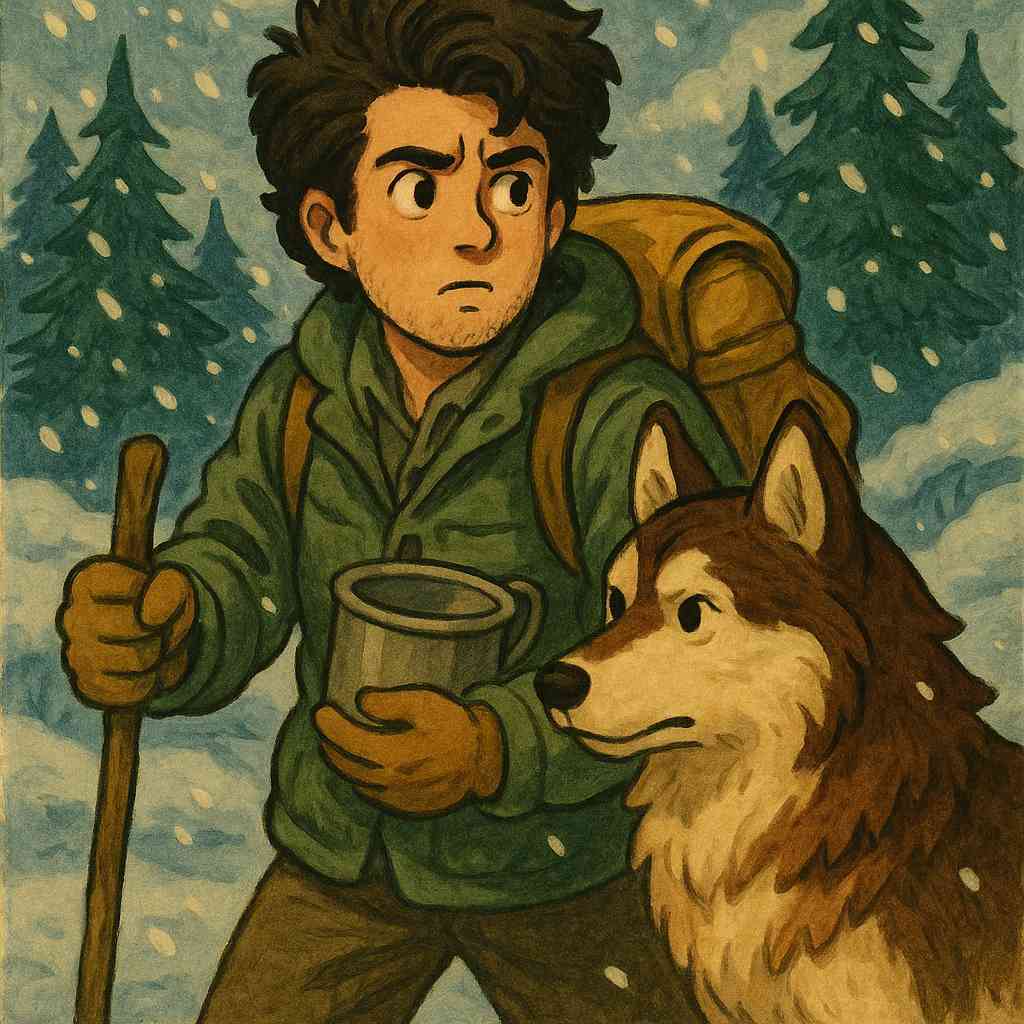- ✅ The Gear He Forgot
- ✅ Nature Is Not a Teacher, It’s a Test
- ✅ Food, Poison, and Fatal Mistakes
- ✅ How to Apply These Lessons
✅ The Gear He Forgot
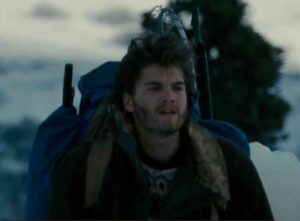
McCandless entered the wilderness with passion but without proper preparation. He lacked a detailed map, a topographical compass, waterproof gear, and a reliable communication device. While he had books on edible plants, he didn’t carry a basic water purifier or a long-term food plan. Even a cheap emergency radio or survival manual could have made a difference. His minimalistic approach, though poetic, overlooked survival essentials.
✅ Nature Is Not a Teacher, It’s a Test
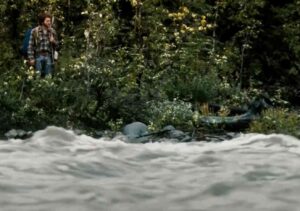
The wild does not educate—it punishes mistakes. Christopher’s romantic view of nature clashed with its brutal reality. He underestimated Alaska’s seasonal changes, particularly how the Teklanika River became impassable in summer. True survival requires studying local terrain, seasonal cycles, and animal behaviors before going off-grid. Passion alone won’t keep you alive when the landscape turns hostile.
✅ Food, Poison, and Fatal Mistakes
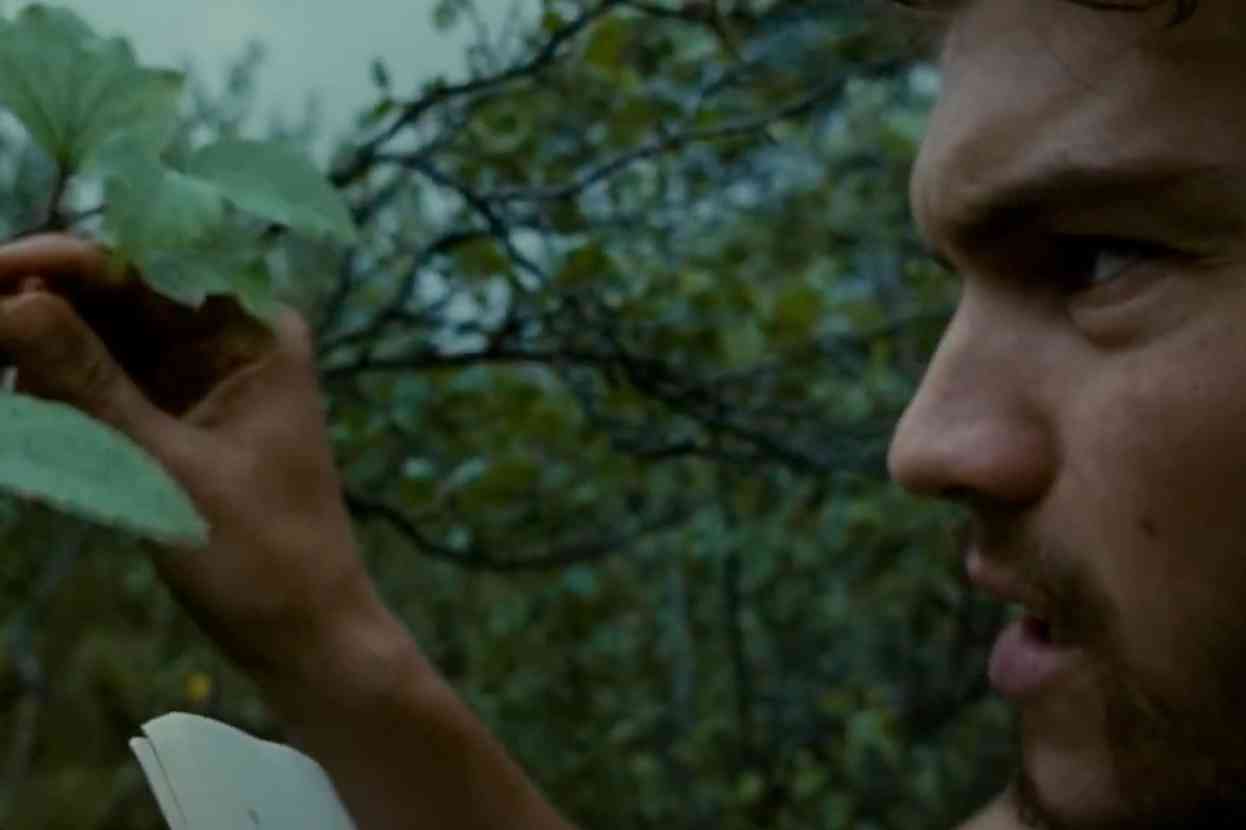
One of the most tragic aspects of McCandless’s journey was his misidentification of wild plants. It’s believed that he consumed toxic seeds, causing paralysis and starvation. This highlights the danger of relying solely on books without firsthand knowledge or guidance. Survival requires not only knowing what to eat—but what not to eat, and when.
✅ How to Apply These Lessons
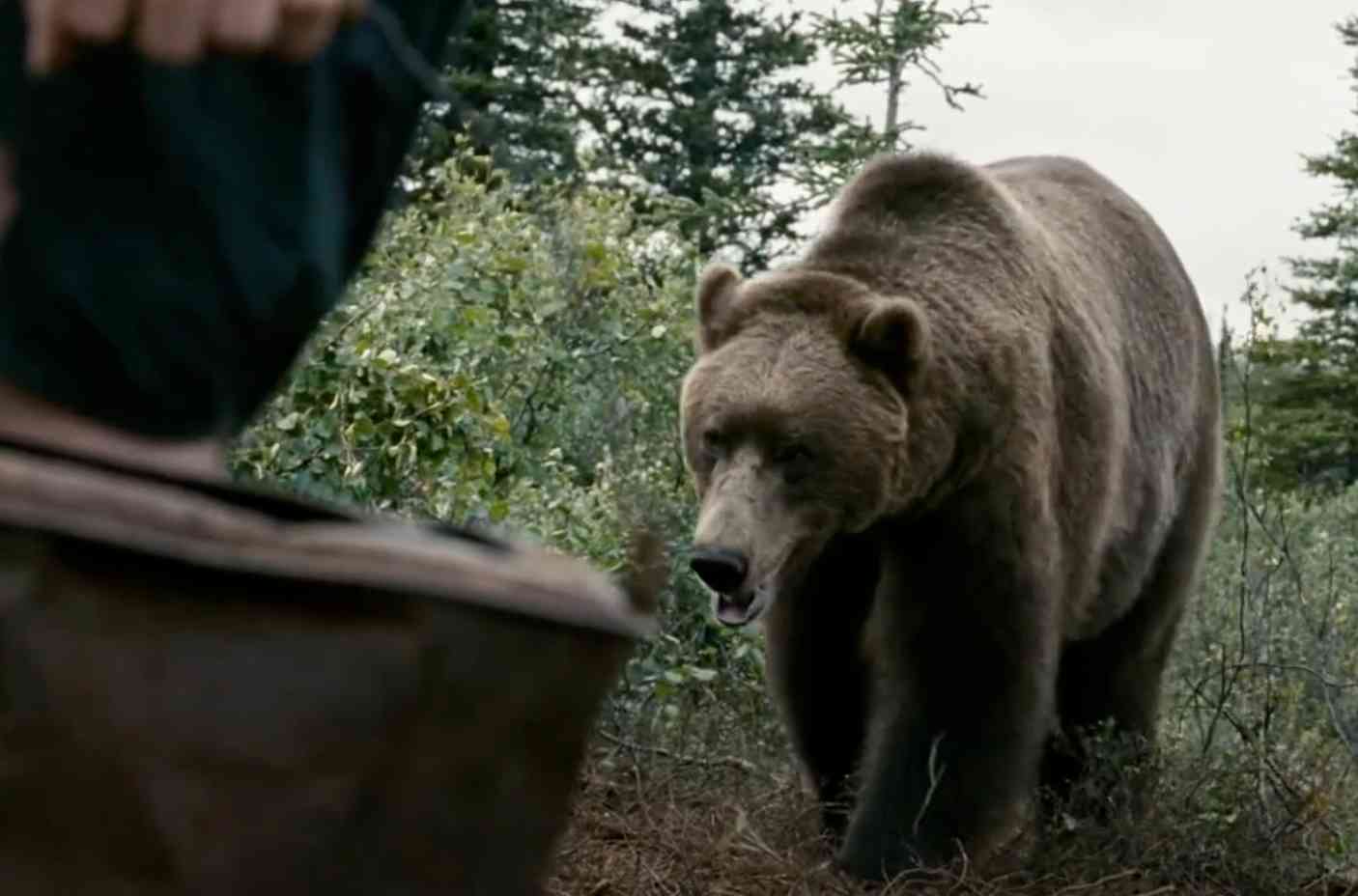
You don’t need to disappear into the wilderness to benefit from these lessons. Emergency preparedness starts with three core pillars: gear, knowledge, and adaptability. Always carry backups. Learn local plants from experts, not just YouTube. Build a basic fire kit and store food you actually eat. Test your bug-out bag before you need it. And remember—self-sufficient survival is not about escaping society, but surviving when society can’t help you.
Final Thoughts
“Into the Wild” is beautiful, haunting, and deeply human. But it’s also a warning. Nature is both breathtaking and unforgiving. Whether you’re planning to live off-grid, prepping for a potential disaster, or just love the idea of outdoor freedom—never mistake idealism for preparation. Stay smart, stay humble, and most importantly—stay alive.
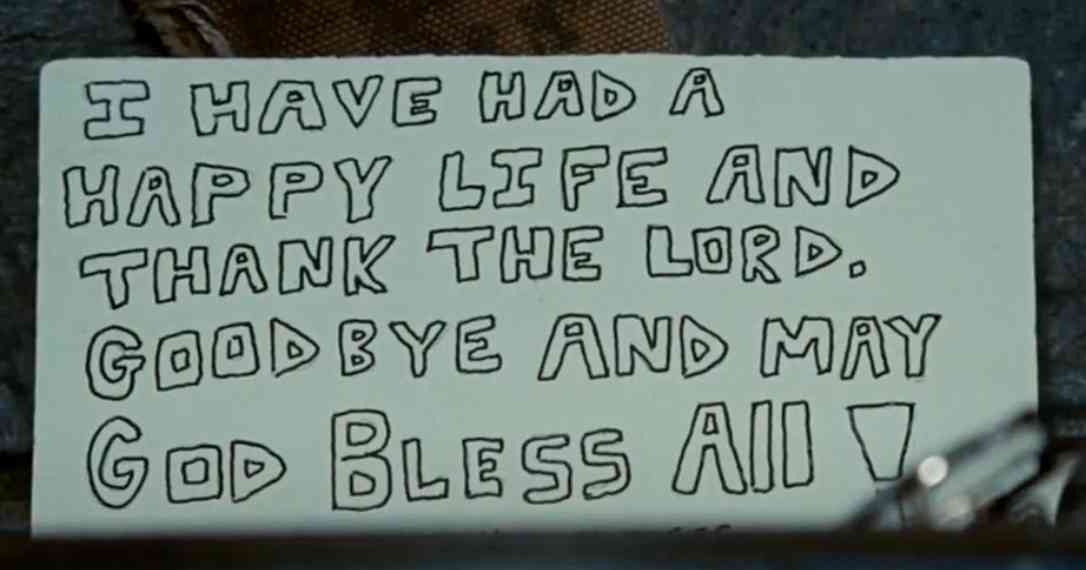
FAQ
Q1. Was Christopher McCandless reckless or brave?
A: A bit of both. His courage was undeniable, but his lack of preparation turned his journey into a tragedy.
Q2. What survival skills did he lack?
A: Knowledge of local ecology, food storage, mapping, and seasonal changes in river terrain.
Q3. What’s the biggest takeaway for survivalists?
A: Preparation is everything. Romantic ideas can inspire, but skills and gear save lives.
Q4. Should I try solo wilderness survival?
A: Only if you’ve trained thoroughly and tested your plan under safe conditions first. It’s not for beginners.

